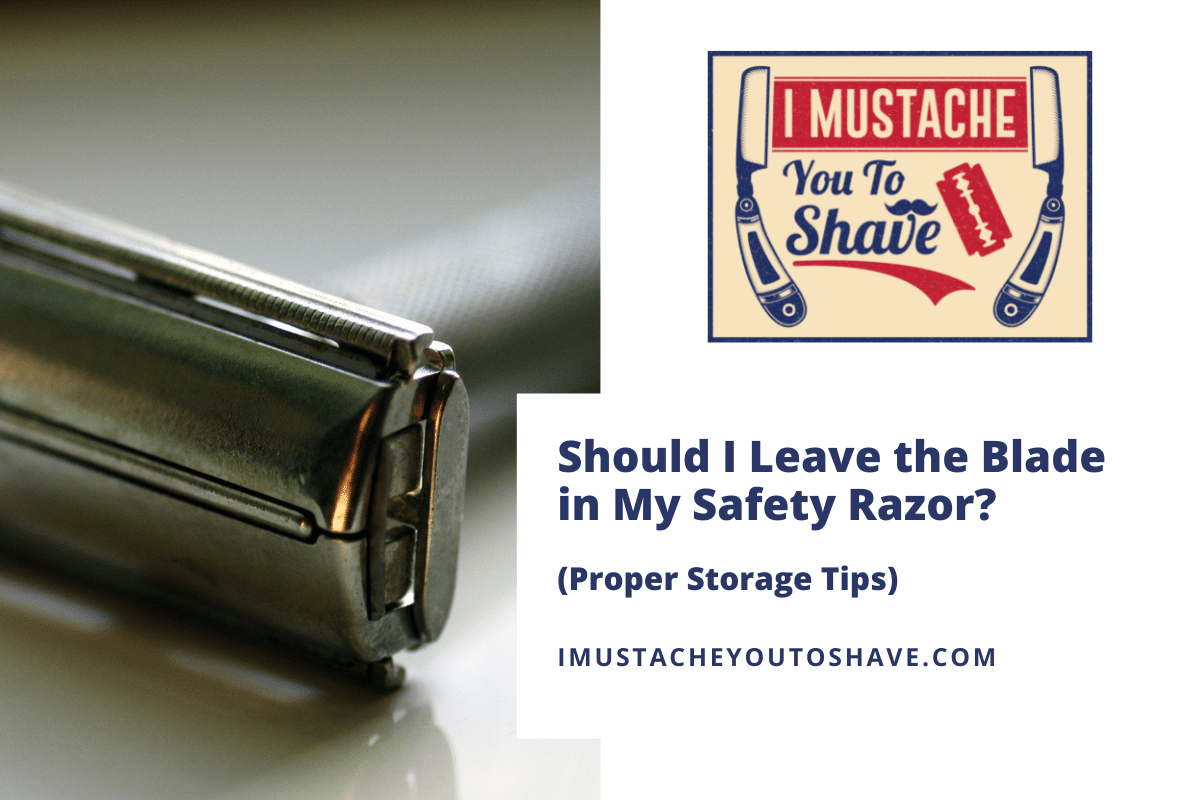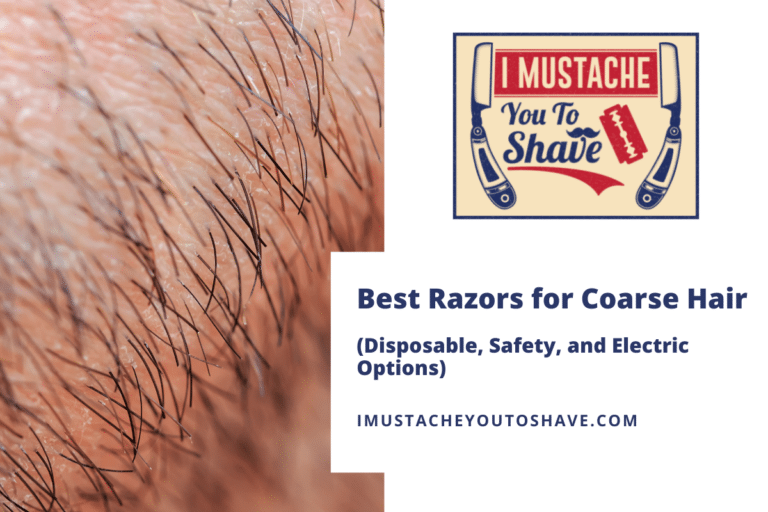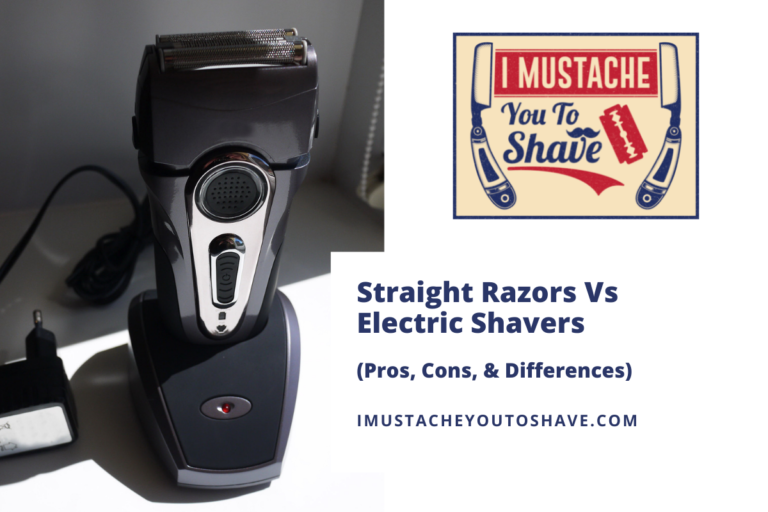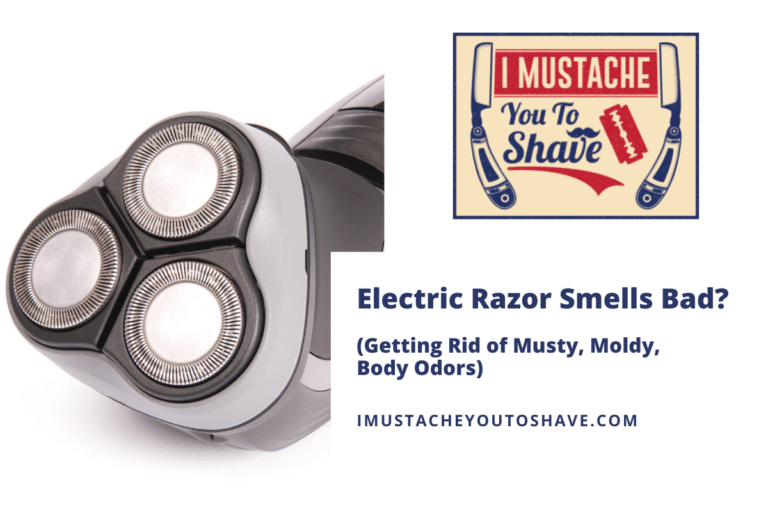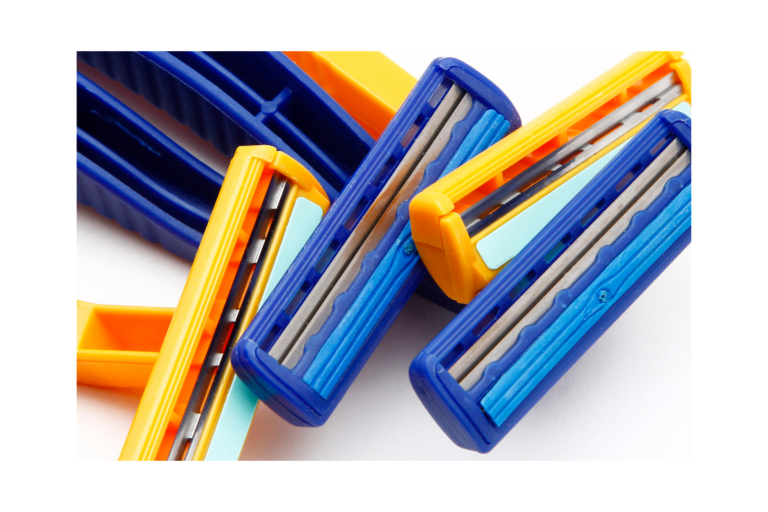Should I Leave the Blade in My Safety Razor? (Proper Storage Tips)
Taking care of your safety razor is an often overlooked aspect of shaving. One of the biggest questions shavers ask is if they should leave the razor blade in the safety razor between shaves?
Taking the blade out of your safety razor between shaves is practicing an abundance of caution. For most safety razor users, it’s perfectly fine to leave the blade in the razor. Most razor blades have an alloy coating to protect the blade from rust, which is one of the biggest concerns when it comes to leaving the razor blade in your safety razor.
If you’re still on the fence about leaving the blade in your razor, keep reading to learn more about the best way to maintain and store your safety razor. Whether you’re new to safety razor shaving or a seasoned veteran, these tips on storing your razor can save you time and money.
Should you remove the blade from your safety razor?
Removing the blade from your safety razor in between shaves isn’t entirely necessary. While the topic has been debated in many shaving forums, there seems to be no conclusive evidence as to why you would remove your razor blade from the safety razor.
Advocates for removing your blade in between shaves tend to argue that it is good practice to keep rust and microbial activity at bay. By keeping the razor blade dry and in a closed container, you can prevent rust and bacteria from growing on the blade.
However, proponents of keeping the blade in the safety razor believe that handling the blade exposes you to injury and damages the razor’s edge. The more the blade is handled and placed in boxes or on a towel, the more likely you are to cut yourself when storing it or picking it up.
What this choice comes down to is what makes you most comfortable. Some folks have an aversion to handling razor blades. Meanwhile, other shavers might feel strongly about keeping any rust at bay.
With that being said, let’s take a closer look at the chances of shaving with a rusty razor and how to prevent that from happening.
Will your razor blade rust if you don’t remove it between shaves?
Your razor blade will rarely rust if you don’t remove it between shaves.
Because of the coatings on razor blades and their stainless steel construction, razor blades are very rust and corrosion-resistant.
While it’s nice to think that all stainless steel is resistant to rust, the reality is that there are 150 different grades of stainless steel, some of them being highly resistant to rust. Typically, the more chromium there is in stainless steel, the more it can stave off corrosion.
Most razor blades are made with stainless steel, which is already somewhat resistant to rust. On top of that, razor blades are typically coated with another metal. These coatings include platinum, chromium, and tungsten. Each of these metals is incredibly anti-rust.
On the rare occasion that you purchase razor blades that are not stainless steel or are a very low grade of stainless steel, you may notice that they start to rust. However, the conditions for this have to be right as well: humid environment, possible sea air exposure, chlorine exposure from water, etc.
If this happens, you may want to purchase higher-quality razor blades or change your razor blade more often.
Should you strop razor blades in between shaves?
Stropping, which is the act of putting a new edge on a razor blade, is typically done by running a straight razor across a leather strap. However, could you apply this same technique to a single- or double-edge safety razor blade?
It is possible to strop your razor blades in between shaves, but you might be putting yourself through more hassle than what it is worth. The biggest initial appeal for safety razors was that they were low maintenance and easy to use.
In fact, when safety razors were invented by Camp Gillette at the start of the 20th century, they were advertised as “No Stropping, No Honing” blades.
Perhaps, instead of stropping your safety razor blade in between shaves, you may just want to change your razor blade instead and save yourself time and energy.
What’s the best way to store your safety razor between shaves?
For shavers who are looking for the best way to handle and store your safety razor between shaves, I’ve got you covered.
Proper safety razor maintenance is key to extending your razor’s lifespan while also making your shaves enjoyable and safe.
When storing your safety razor between shaves, you need to pay attention to how you:
- set down your safety razor
- store your razor
- store and remove the blade (optional)
- clean your razor
To learn more about each of these steps, keep reading!
How to set your safety razor down properly
One of the biggest mistakes people make when they start using a safety razor is setting the razor down on a surface with the blade facing down (or, both towards the ceiling and the surface if you’re using a double-edge safety razor).
When you place the razor with the blade down, you run the risk of dulling the blade or damaging it. Instead of placing the blade with the razor’s edge facing a surface, try placing the razor on its side so that the razor’s edge doesn’t come into contact with any surfaces.
Placing the razor on its side is an easy, sure-fire way to prevent damage to the razor blade. Because you will need to set your razor down in between lathering and shaving, it’s important to do this properly.
Personally, I recommend investing in an inexpensive razor stand to keep the razor up and out of the way on the bathroom counter!
How to store your safety razor
After a shave, one of the safest, easiest ways to store your razor is to leave it hanging on a razor stand.
Safety razor stands keep your razor from getting knocked over or damaged while also keeping them dry and away from wet surfaces.
Designed to safely store the razor, a razor stand typically has a hanger for a razor on one side and a hanger for a shaving brush on the other.
Another added benefit is the aesthetic quality of a razor stand. If you can match the metal in your razor, the handle in your brush, and the stand, you can have a matching set that can make your bathroom counter neat, clean, and stylish.
How to store and remove razor blades
While there is no tried-and-true method for storing individual safety razor blades once they’ve been taken out of their original packaging, there are a few options.
The most common options for safely storing razor blades include:
- Towel storage
- Tin can storage
- Original packaging storage
Using a towel to store your razor blade in between shaves is a fairly common thing. The towel can be used to pat the razor blade dry while also giving them a soft surface to lay on that won’t damage the blade.
Storing blades in a tin can such as an Altoids container is a safer way to store razor blades in between shaves. One of the biggest problems with placing blades on a towel and leaving them out is the possibility of injury. If someone doesn’t realize the blades are there, or a child grabs the towel off the counter, they may harm themselves. By placing the blades in a dry, sealed storage container, you prevent the possibility of someone accidentally cutting themselves.
The third option is storing the razor blades in the original packaging. By drying the razor blade and wrapping it up in the paper that protected it, you can keep the razor blade safe from damage. Additionally, this is a great way to manage your razor blades if your shaving with multiple kinds of razor blades.
How to clean your safety razor
Making sure that your safety razor is clean is one of the easiest ways to ensure it won’t corrode and allow you to use it for many years. By taking a minute after each shave to clean your razor, you won’t need to do any drastic or intense cleaning.
If your razor does has soap scum on it, you may need to take more steps:
If you’re cleaning regularly, all you need to do is take apart your razor blade and wipe it down with a dry paper towel. This helps remove any soap residue that may still be on the razor. In addition, it dries the razor and prevents any possible rust or corrosion from occurring.
If you haven’t cleaned your razor and there is too much scum on it to remove with a paper towel, you can use a toothbrush with warm water and dish soap. The dish soap gently removes any soap residue and can bring the shine back to your razor.
Another option is to boil your razor in water. Start by boiling a pot of water and placing a metal colander in the water. The colander acts as a buffer so that the razor doesn’t sit on the metal at the bottom of the pot. Let the razor sit in the boiling water for 5-10 minutes. Afterward, safely remove the razor from the boiling water and allow it to cool. From there, you can use a toothbrush and soap to remove any remaining debris from the razor.

